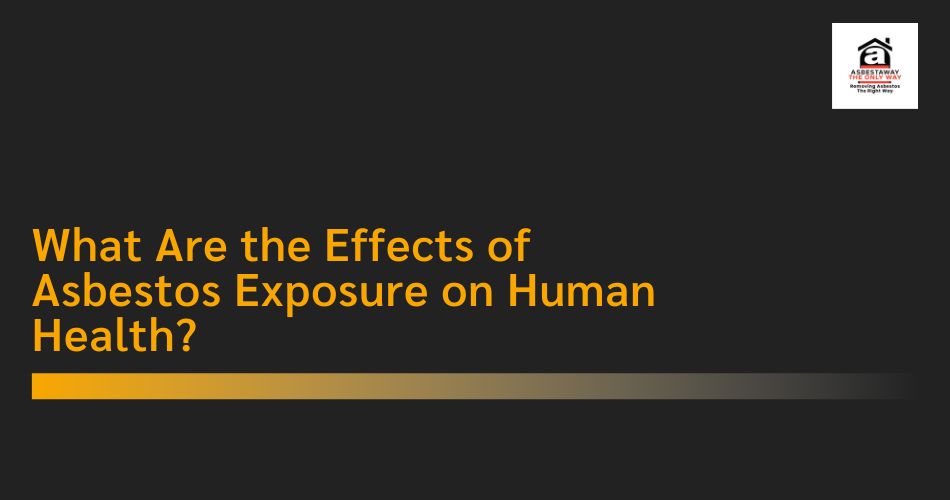Conclusion
Asbestos exposure is a serious health risk that has been responsible for a wide range of diseases, from asbestosis to mesothelioma and lung cancer. These diseases often take decades to manifest, which makes early detection and prevention especially challenging. The best way to prevent these conditions is to avoid exposure to asbestos, especially in high-risk environments like construction and industrial work.
For those who are concerned about past asbestos exposure or have discovered asbestos-containing materials in their environment, services like Asbestaway are essential in ensuring safe removal and management. Taking steps to address asbestos-related risks early can go a long way in protecting one’s long-term health.
By staying informed and taking preventive measures, individuals can reduce the impact of asbestos exposure and safeguard their health for years to come.

